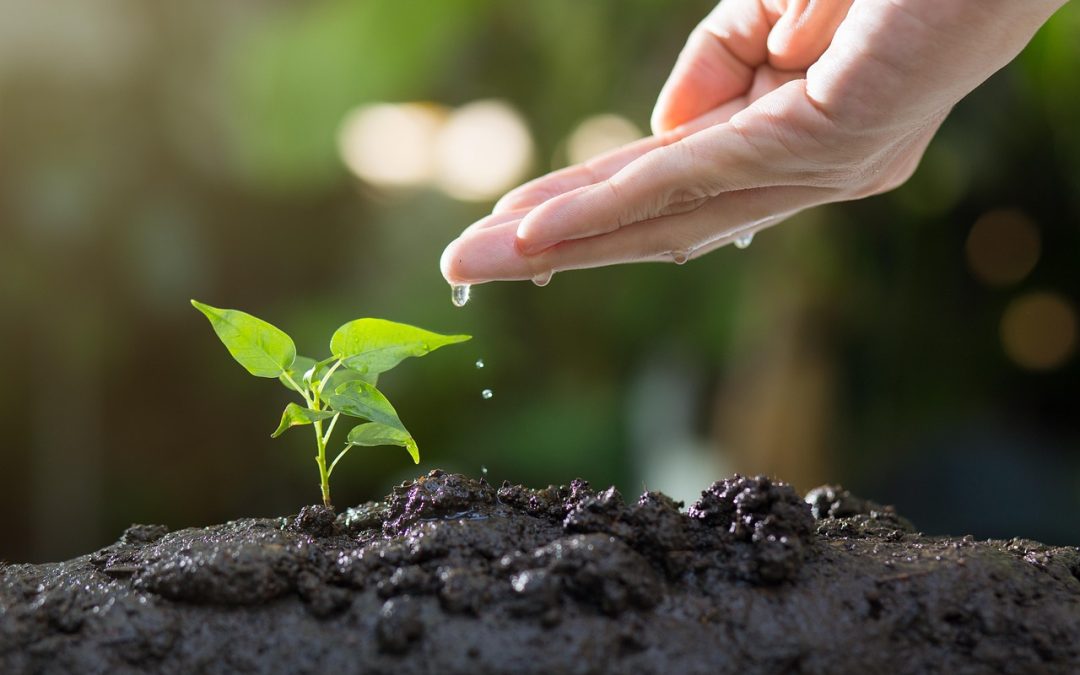Healthy soil serves as the cornerstone for a flourishing tree. It is more than mere dirt; it constitutes a sophisticated ecosystem that supplies vital nutrients, water, and air necessary for the root system of a tree. Grasping this connection is essential for any gardener or homeowner aiming to sustain healthy, vigorous trees.
The Importance of Healthy Soil
A tree’s vitality starts beneath the surface. The health of the soil is influenced by its physical, chemical, and biological characteristics. Nutrient-rich soil comprises:
- Organic Matter: Decomposed leaves, wood, and other organic materials that enhance soil structure, aeration, and moisture retention.
- Essential Nutrients: Macronutrients such as nitrogen (N), phosphorus (P), and potassium (K), in addition to micronutrients like iron and manganese, are taken up by the roots.
- Beneficial Microorganisms: Fungi and bacteria that assist in decomposing organic matter and making nutrients accessible to the tree.
- Proper Aeration: Gaps between soil particles that permit oxygen to reach the roots, which is crucial for respiration and growth.
When soil is deficient in these elements, a tree may experience stress, rendering it more vulnerable to pests and diseases.
The Role of Fertilizers
While achieving healthy soil is the objective, natural conditions or the specific requirements of a tree can occasionally result in nutrient deficiencies. This is where fertilizers become essential. Consider fertilizers as a vitamin supplement for your tree. They are formulated to provide specific nutrients that may be absent from the soil.
The most frequently supplied nutrients by fertilizers include Nitrogen (N), Phosphorus (P), and Potassium (K), commonly indicated by the N-P-K ratio on fertilizer packaging. Each nutrient serves a unique purpose:
- Nitrogen (N): Encourages robust, green leaf and stem growth. A deficiency in nitrogen can lead to yellowing leaves.
- Phosphorus (P): Vital for root development, flowering, and fruiting. It is particularly important for young, newly planted trees.
- Potassium (K): Enhances a tree’s overall immune system, aiding its ability to withstand stress from drought, cold, and disease.
When and How to Fertilize
Understanding when and how to use fertilizer is equally crucial as knowing the appropriate type to apply.
- Timing: The optimal period for fertilization is generally in early spring, prior to the onset of new growth, or in late fall, after the leaves have fallen. It is advisable to refrain from fertilizing during the intense summer heat or in times of drought.
Application Method:
- Granular Fertilizers: These should be spread across the soil surface within the tree’s drip line (the area directly beneath the outer edge of the tree canopy) and subsequently watered in.
- Liquid Fertilizers: These are combined with water and applied using a sprayer or injector, providing a quicker method to supply nutrients to the roots.
- Fertilizer Spikes: These are inserted into the ground around the tree’s drip line, offering a slow-release nutrient source.
- Caution: Excessive fertilization can be more detrimental than insufficient fertilization. It may result in root burn, which can significantly harm or even kill a tree. Always adhere to the product’s guidelines and consider conducting a soil test to accurately identify the nutrients your soil may be lacking.
Conclusion
By focusing on soil health and adding fertilizers as needed, you can provide your trees with the optimal opportunity to thrive robustly and healthily for many years ahead. In cases of more serious problems or if you are uncertain about the most appropriate steps to take, it is advisable to seek the guidance of a professional arborist. They are capable of conducting a soil analysis and developing a tailored care strategy to maintain your trees in excellent condition.

